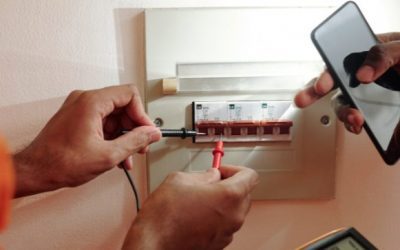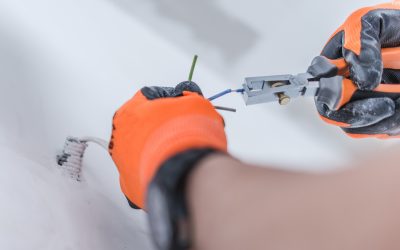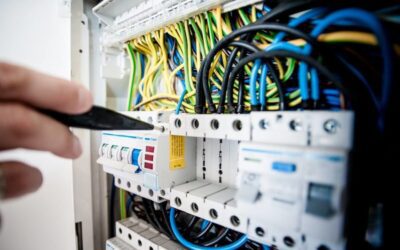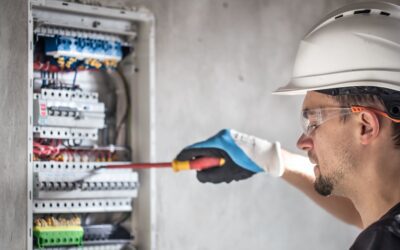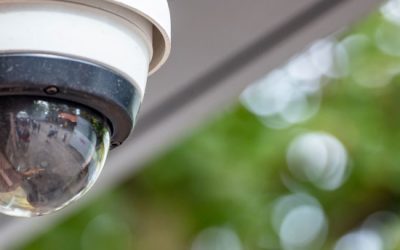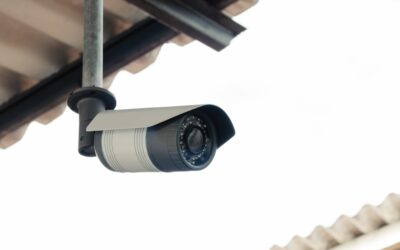Contents
A PAT (portable appliance) test is a routine examination of certain types of electrical appliances to ensure that they are safe to use. Its goal is to keep workers safe from electrical hazards in the workplace.
Electrical PAT testing should include a visual inspection as well as a more thorough examination using specialised PAT testing equipment. Earth continuity, lead polarity, and insulation resistance are all checked during this test.
Some appliances simply require a simplified test, referred to as a PAT insulation test. Every appliance should be marked ‘passed’ or ‘failed’ at the completion of the test. There should, ideally, be a record of the results.
PAT testing is not required for all electrical items.
What If an Item Fails A PAT Test?
Items that fail the test are normally taken out of service right away, and managers, contractors, and users are notified appropriately.
PAT testing service providers, on the other hand, must ensure that they employ the proper testing equipment, as well as the tests and test conditions that are most appropriate for the type of appliance being tested. It’s also their job to obtain the testing equipment calibrated and cleared for the work.
Is PAT testing a legal requirement?
Electrical PAT testing is not a legal mandate or obligation in and of itself. Current UK regulation, on the other hand, mandates that firms keep their electrical equipment in good working order. They are also legally obligated to safeguard the safety of their employees and the general public.
Electrical PAT testing has become a typical manner of completing this legal responsibility since it is one of the most effective ways of doing so, particularly in high-risk or big, complex workplaces.
If you want to read detailed guidelines on using electrical equipment at work, you can find it in several pieces of legislation:
PAT Testing Regulations UK
- The Health & Safety at Work Act 1974
- The Electricity at Work Regulations 1989
- The Provision and Use of Work Equipment Regulations 1998
- The Management of Health & Safety at Work Regulations 1999
What Items Should Be Tested?
It’s not as tough as it sounds to figure out what has to be PAT tested. Portable appliances are defined as any equipment that is not part of a fixed installation but is intended to be connected to one or more fixed installations or generators. A portable appliance is defined as one that employs a flexible cable or a plug and socket. To put it another way, if you have an appliance with a plug that is supposed to be plugged into a wall socket or generator, it must be PAT tested.
Electric drills, monitors, printers, PCs, kettles, and larger goods like photocopiers, vending machines, and other items fall under this category. PAT testing is not required for cordless power tools, but it is required for battery chargers that plug into the wall for electricity. It’s worth noting that even larger devices that appear to be stationary require PAT testing. A heated towel rail or a built-in dishwasher, for example, may appear to be permanent appliances, but they nonetheless qualify as portable for testing reasons because they plug into a power supply.
All IT equipment, including power cords to this equipment, should be examined, though they are required to be tested independently from the equipment they power due to a different standard. Because electrical cable extensions are one of the most prominent sources of safety risks, they are the most frequently examined items.
All of your 110-volt equipment, as well as all of your three-phase equipment, should be tested. If you have equipment that can’t be turned off for electrical PAT testing, such as servers or essential systems, you should make every attempt to conduct a joint examination. Tests can be performed during the next available maintenance shutdown.
How Often Is It Needed?
Electrical PAT testing should be done as often as necessary to reduce or eliminate the possibility of an accident. This could range from every three months for power equipment on a construction site to every five years for a well-maintained server system in an office building. When conducting a risk assessment for electrical equipment, there are numerous aspects to consider, but by doing so, you can establish a PAT testing frequency that is appropriate for your organisation. Make your PAT testing firm aware of your desired frequencies for various types of equipment so that they can assist you in maintaining them and inform you if any adjustments are required based on test results.
Who Carries This Out?
Despite popular belief, electrical PAT testing does not require the use of a licensed electrician. In fact, PAT testing can be done by anybody who is deemed qualified.
What Should I Receive?
After the portable appliance inspection and testing are completed, you should receive a report that includes the following information:
- An inventory that includes the kind, name, location, and description of each appliance.
- A complete set of test results for each appliance that was put to the test
- A complete list of any items that failed, along with an explanation of why they failed.
Each appliance must have a conspicuous pass or fail sticker that includes the inspection date, the next test due date, and the inspector’s signature.
If you aren’t technically savvy, the contractor or the competent person who performed the inspection and testing should be pleased to walk you through the report and advise you on any additional steps you need to take.
Contact us today if you need help with electrical PAT testing. We offer complete electrical testing and inspection services at amazing prices. Let our electrician Swadlincote help you!


